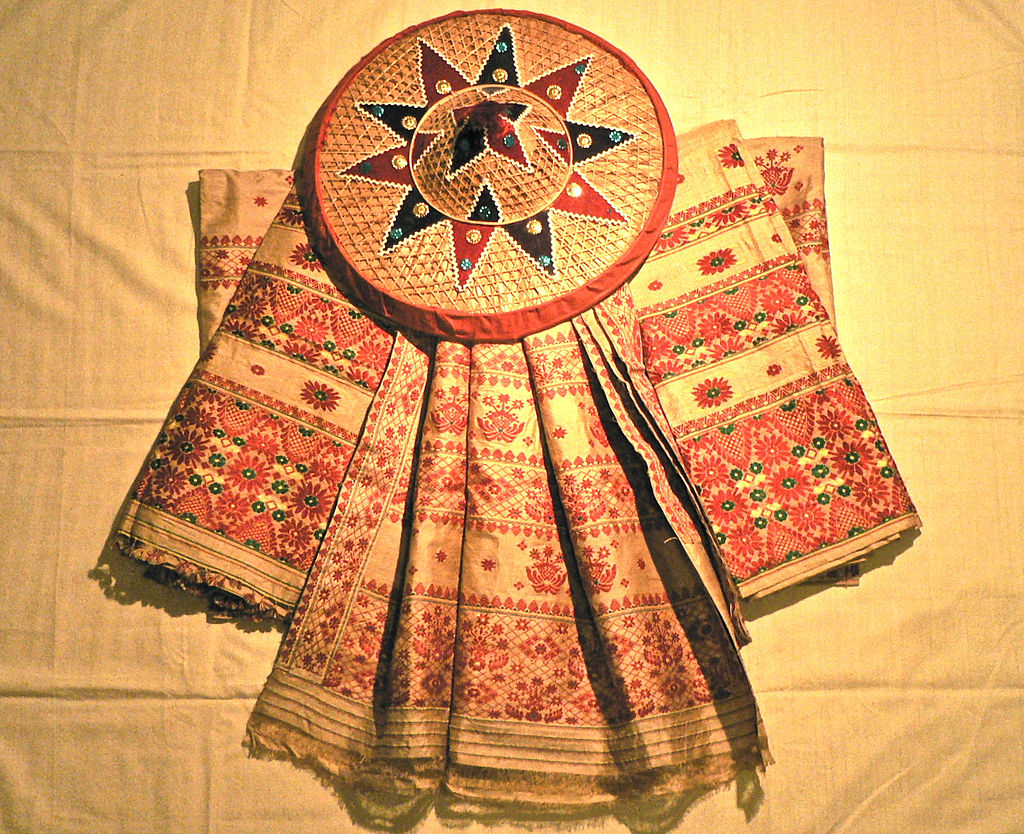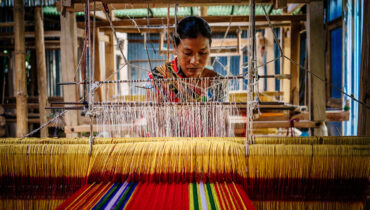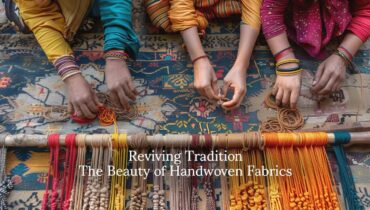
Weaving is an ancient tradition that has been an integral part of human culture for thousands of years. In many societies, weaving is not just a craft but a deeply rooted tradition that reflects the cultural identity of the people. Traditional weaving has played a significant role in shaping the history and cultural heritage of many communities around the world. Here are some reasons why traditional weaving culture is essential in our society:
Preservation of cultural identity: Traditional weaving is a way to preserve the cultural heritage of a community. Weaving patterns, colors, and motifs are often passed down from generation to generation, providing a tangible link to the past. By continuing to weave in the traditional way, communities can ensure that their cultural identity is not lost.
Empowerment of women: Weaving has traditionally been a craft done by women, and it has provided a source of income and empowerment for many women around the world. Through weaving, women can contribute to the economic growth of their communities while preserving their cultural traditions.
Environmental sustainability: Traditional weaving is often done with natural fibers and dyes, which are more sustainable and environmentally friendly than synthetic materials. By using locally sourced materials and natural dyes, traditional weavers can create textiles that are not only beautiful but also sustainable.
Economic development: Weaving can provide a source of income for communities, especially in rural areas where there may be limited job opportunities. Traditional weaving can also help create a niche market for handmade textiles, attracting tourists and contributing to the local economy.
Artistic expression: Traditional weaving is not just a craft but also an art form. Weaving patterns, colors, and motifs are often unique to a particular community, reflecting the artistic expression of the weavers. By continuing to weave in the traditional way, weavers can express their creativity and produce textiles that are truly one-of-a-kind.In conclusion, traditional weaving culture is a vital part of our society. It provides a tangible link to our cultural heritage, empowers women, promotes environmental sustainability, contributes to economic development, and allows for artistic expression. By supporting traditional weaving communities, we can help preserve this ancient tradition and ensure that it continues to play a significant role in our society.


